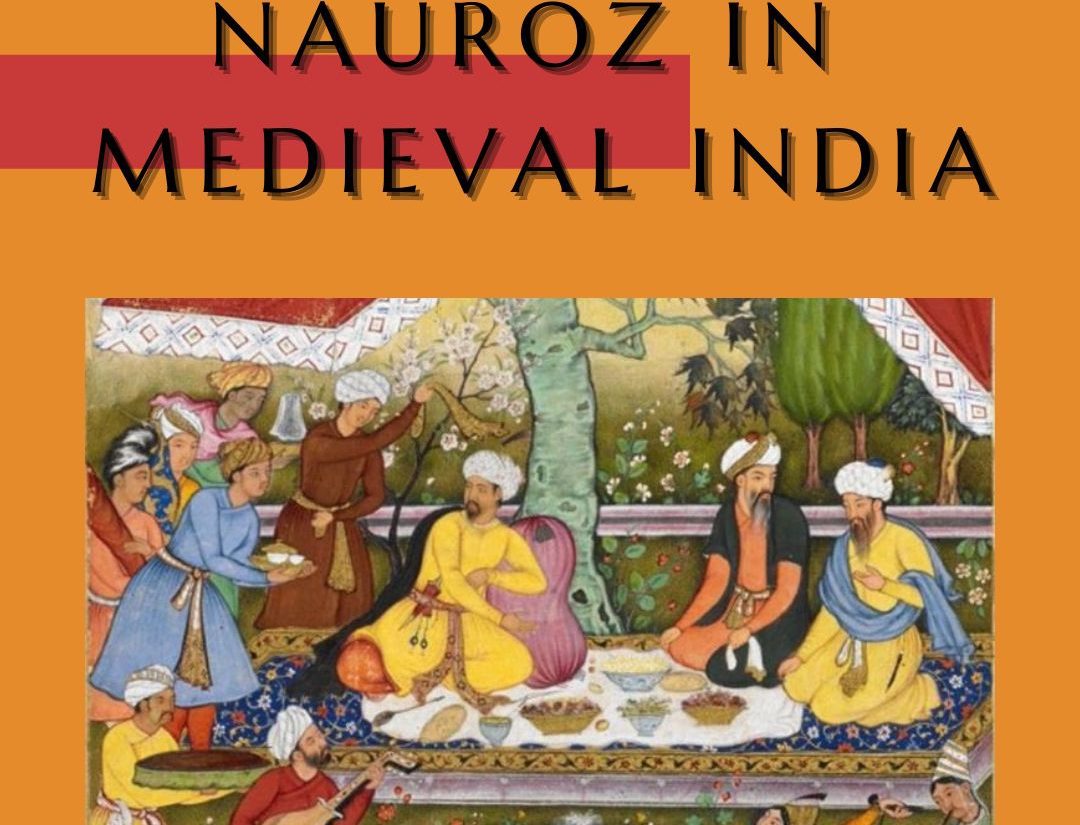
Article by EIH Researcher and Writer
Anupam Tripathi
A festival of renewal, hope and happiness Nauroz begins on the first day of Farvardiņ, the first month of the Iranian solar calendar at the spring equinox, and lasts twelve days. It is the most famous, the longest and the most colourful of the Iranian festivals, and although inherited from Zoroastrian Persia, it is a festival not restricted to a single religious group. According to Iranian legend, Nauroz is associated with the illusory king Jamshed. Firdausi’s Shahhamah offers the mystical explanation: Jamshed ascended to heaven in a demon-built chariot defeated by him. Nauroz commemorates this event. The Shia community believes that Adam was created on Nauroz, that God made a pact with mankind, that Abraham destroyed the pagan idols, that the Prophet Muhammad chose Ali, his son-in-law, as his rightful successor.
Nauroz, which falls on March 21 or 22, was celebrated in India for 19 days and was made a national festival with the arrival of the Mughals. Babur wrote a poem on Nauroz:
Nauroz va naubahar va ma’i
Va dilbari khusht
Babur ba”aish kush ki
Alam dobara na ast
( the new year, the spring
The wine and the beloved are pleasing
O Babur enjoy them
For the world is not to be had a second time).
Under Akbar it permeated all strata of society. The decorated homes of the general public, an occasion of rejoicing reflected in the new clothes, seemed to engulf every town, village, and town in the empire. Father Monserrate called it a nine-day festival. People came to the palace, sang and danced to celebrate the festival. Badaoni notes that a great feast was held in the old fashion, at which Akbar distributed one lac rupee to each class of person present in the assembly. Badaoni named the festival Nouroz- i Jalali. It continued to be celebrated on a large scale under Jahangir. William Hawkins describes how businesses established in the fort were so prosperous that they were unparalleled anywhere in the world.
Jahangir describes, “The Great Feast of Nawruz” in the Tuzuk-i Jahangiri graphically, “on the night of Tuesday Zi-1 qa’da llth A.H. 1014 (March 11th or 12th 1606) in the morning, which is the time of the blessing of light, his Eminence the Great Luminary passed from the Constellation of the Fish to the House of Honour in the Constellation of Ram. As this was the first New Year’s day after my auspicious accession I ordered them to decorate the porticoes of the private and public halls of the palace, as in the time of my revered father, with delicate stuffs, and to adorn them handsomely. From the first day of the Nawruz, to the 19th degree of the Ram (Aries)which is the day of culmination, the people gave themselves over to enjoyment and happiness. Players and singers of all bands and castes were gathered together. Dancing lulis and charmers of India, whose caresses would captivate the hearts of angels, kept up the excitement of the assemblies.”
Jahangir’s decree that anyone who ever wished to consume drinks/intoxicants should not be prevented from doing so is further evidence that the festival had no religious undertones at the time. Jahangir also speaks of increasing the ranks of the civil servants at the time. Under Shah Jahan, Nauroz continued to be one of the court festivals. Descriptions of lavish and grandiose jashn can be gleaned from the accounts of Bernier, Manucii, Tavernier, Monrique. The beginning of Aurangzeb’s reign saw the complete suspension of the Spring Festival. The later Mughal period saw the revival of the Jashn-i Nauroz in all its old splendour.
References
- Nauroz: A Court Festival Of Medieval India, S.N.R. Rozvi and Poonam Pant
- Tuzuk-i Jahangiri, Jahangir
- https://www.dawn.com/news/1247062
- https://www.google.com/amp/s/ranasafvi.com/nauroz-then-and-now/amp/


















